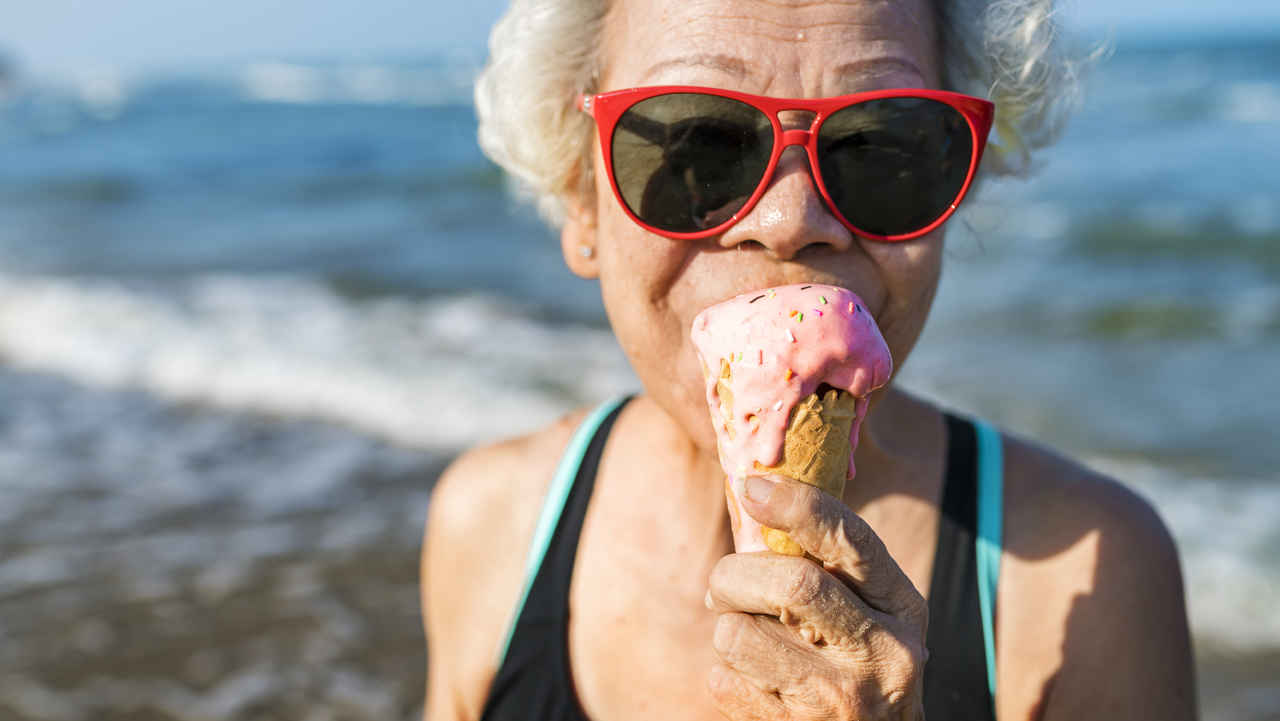Beat the heat to avoid heat stroke and other sun safety tips


Our vision in everything we do is to convey a shared value of compassion, a commitment to excellence, open communications, motivation to be the best, and a sense of personal integrity. We are honored to care for our residents and share a passion to make their days enriching and fulfilling. It’s The Caraday Way!
Summer brings picnics, barbecues, and beautiful weather, but fun in the sun can come with some risks. As we age, we may sense heat differently and might not necessarily feel hot even when the temperature is high. Consider these tips to help stay safe and comfortable throughout the summer
Heat Index is Important, in addition to temperature. Heat index is a combination of heat and humidity, or the ‘real feel’ outside that can make it feel much hotter. Experts recommend that seniors should take extra precautions when the heat index reaches 91 degrees.
Protect Yourself from the Sun with hats, sunscreen, avoiding peak sun hours, finding shade and wearing sunglasses. Only 15% of older adults and 8% of sun-sensitive older adults regularly use all 5 kinds of sun protection. Using these forms
of protection can reduce your risk of getting skin cancer.
Avoid Dehydration by drinking plenty of water and sports drink containing electrolytes. Dehydration is very common and is signaled by weakness, headache, muscle cramps, dizziness, confusion, and if severe enough, passing out.
Recognize Heat Stroke, which is characterized by a dangerous rise in body temperature that can happen gradually over days. Common symptoms include a fast pulse; headache; dizziness; nausea; vomiting; or red, hot, dry skin. If you feel these symptoms, move to a cool, shady place and take off any heavy clothing. If possible, douse yourself with cool water on your wrists, ankles, armpits, and neck.
Be Aware of Heat Exhaustion, which involves too much heat exposure and dehydration. Signs include heavy sweating, muscle cramps, weakness, and fainting. Move to a cool, shady place and drink plenty of fluids if you
experience any of these symptoms.
Practicing summer sun safety is a huge part of enjoying the outdoors and safely enjoying the fresh air and summer activities.


